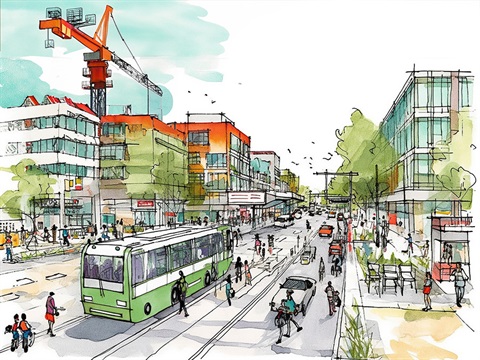
We asked you to have your say on our draft Future Development Strategy, which provides a roadmap for managing growth over the next 30 years.
Our District's population is set to grow to 142,000 by 2054 and we must be able to meet the changing needs of our community.
The Whangārei Future Development Strategy provides for greater choices for people to live the way they want to. It enables more housing types, and more opportunities for business to establish and succeed.
It also plans for investment in water infrastructure (wastewater, drinking water and stormwater) and an improved transport network of roads and public transport, and walking and cycling options.
Submissions closed at 5:00pm on Monday 2 September 2024.
Summary of submissions
You can view the hearing report, procedure sheet and submission reports on the following page.
Draft Future Development Strategy